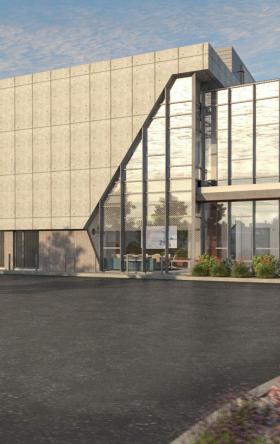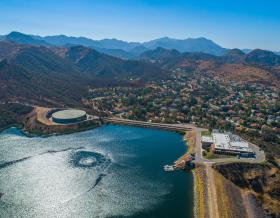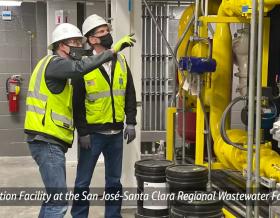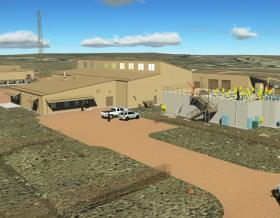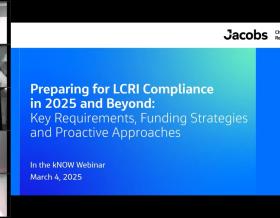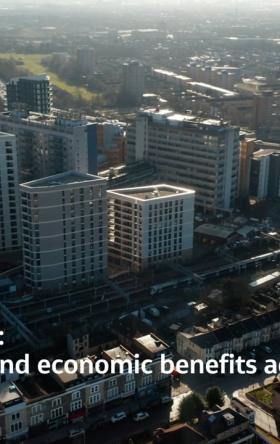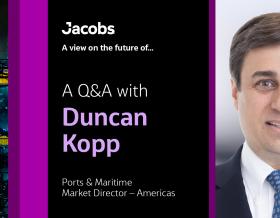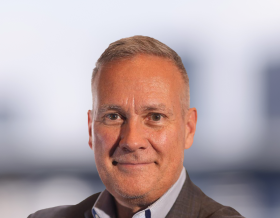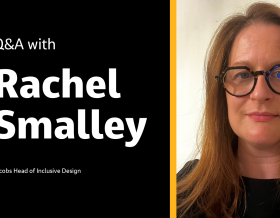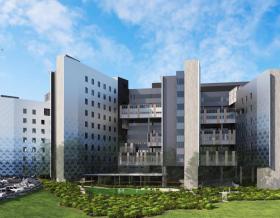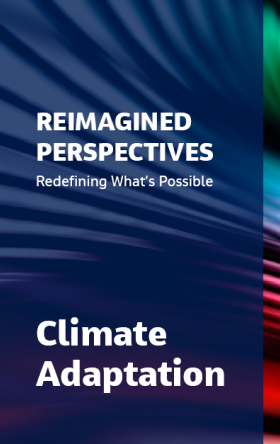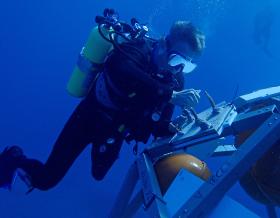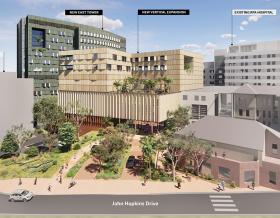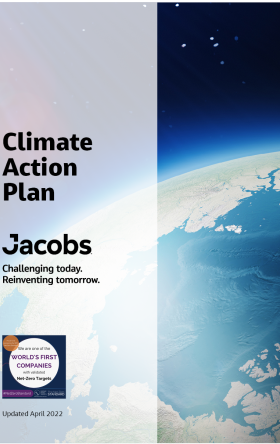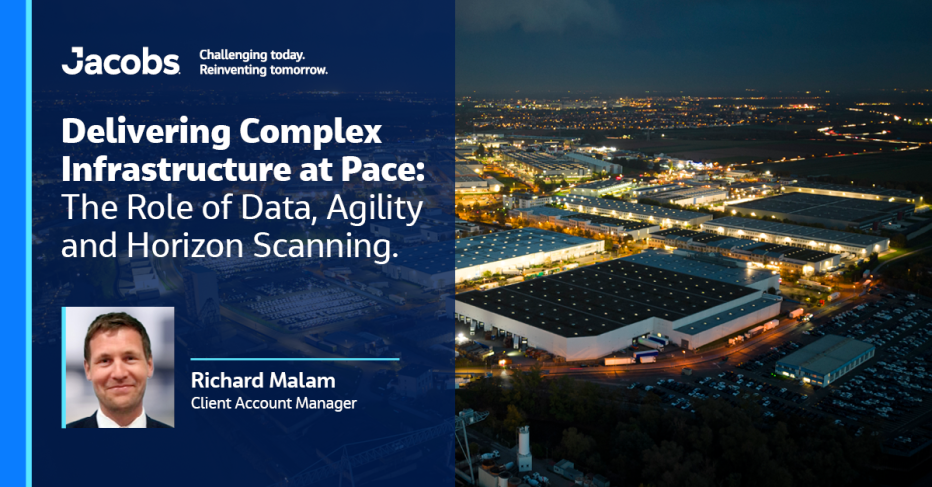
The demand for fit-for-purpose infrastructure has never been greater, along with an industry-wide need to accelerate delivery. The challenge: navigating the complexities of innovation, compliance, stakeholder expectations and scale (including size and shape).
Traditionally, project management techniques focused on the time-cost-quality triangle. Need faster delivery? Expect higher costs. Want better quality? Adjust your schedule. But today’s landscape is in constant flux. Technology evolves daily. Regulations shift. Stakeholders change. Investor mandates grow.
The old playbook doesn’t apply. Programs now require tailored responses to varied and layered complexity.
Here are five lessons we’ve learned from delivering complex infrastructure.
Manage the mission and rehearse in 5D
Our approach builds on traditional 3D planning with added dimensions of cost and schedule. These 5D models connect to custom dashboards and Revit tools to define program elements − from the tonnage of steel to planned cable lengths and costs.
Then we use our own software, Alluvial, to help share all these vital models and information safely, quickly and visually with our clients.
This enables faster, more accurate responses to change and allows us to present plans in 3D using tools like Revizto. These digital rehearsals help cut through complexity and improve client understanding.
On a recent factory construction project for a global electric vehicle battery client, our team faced frequent equipment updates. Each new design meant changes to space and connections. We used iterative 5D models to track costs, schedules and carbon, helping the client adapt in real time.
This shift from rigid baselines to flexible, data-informed planning is key to modern project delivery management.
Safety and pace can work together
Combining safety and speed takes a mindset shift. They’re often seen as opposing goals, but done right, safety planning leads to faster progress.
We start with deep planning before anyone steps on site. Digital delivery and 5D modeling let us iron out complexity in advance. By identifying the safest way to work, we often find a faster, more effective approach too.
It’s a digital version of the old carpentry phrase “measure twice, cut once.” By front-loading research, planning and stakeholder engagement, we can provide a much higher level of safety throughout the program and accelerate delivery once we have set up for success using Jacobs’ program management approach.
Horizon scanning requires diverse teams
Helping clients prepare for uncertainty means assembling teams with different perspectives. Diversity—across sectors, backgrounds and disciplines—enables us to spot emerging challenges and deliver smarter solutions.
Across my 20 year career, this has been one of key ingredients for success. Having people with different experiences and perspectives has helped our project teams pre-empt problems and discover new (and better) ways of doing things. I know I’m not alone here: according to a survey of project managers, 88% say having diverse teams increases value.
However, horizon scanning requires more than diverse teams – you also need deeper relationships across the client organization at all levels. This approach helps identify and socialize future risks.
Partner with specialists to solve complex problems
One of Jacobs’ greatest strengths is supply chain management, as program leaders we ensure suppliers are made part of the teams and decision-making. We build strong relationships with specialist sub-contractors, small to medium enterprises (SMEs) and academic experts to find leading-edge solutions.
This includes collaborating with universities, research hubs and manufacturing innovators. Case in point: we’ve just formed a strategic alliance with the University of Hertfordshire to drive collaborative research and development and help prepare a future-ready workforce.
We recently collaborated on a project with a leading pharmaceutical client to deliver a medical-grade facility. To meet the cleanroom specifications, we brought in a trusted partner with specialist expertise and integrated them early in the design process through our early contract involvement (ECI) system. The result: our teamwork expertly delivered a factory with a mixture of B and C grade (within Good Manufacturing Practice) cleanrooms. This collaboration exemplified how strong supply chain relationships drive performance.
Complex industries like pharma demand specialist solutions, which are best achieved through the diverse perspectives of a robust supply chain. A similar example is electric vehicle battery production. We’ve engaged local design consultants for a leading EV battery producer to help follow local regulatory requirements across factory sites globally.
However, some of our collaborations aren’t formal partnerships, as we learn and rely on insights from manufacturing and research centers. The common thread through all our shared work: the sum is much greater than the parts.
Create internal drumbeats for agility
Large townhalls and multiteam gatherings are key for bigger-picture mission alignment and relationship-building. Large team meetings are great for alignment, but real agility comes from regular, informal communication. Frequent check-ins, even virtual ones, empower teams and cut through silos.
Short messaging calls let team leads translate strategic goals into daily actions. They’re more effective than long email chains or infrequent town halls.
Strong communication also depends on leadership. I believe in using stories to explain strategy − making it relatable and easier to act on.
From there, I rely on “culture architects”: the next set of leaders and managers who translate goals into local action. Instead of broadcasting a one-size-fits-all message in the old model of one-way, cascading information from leaders down, we build momentum from within by holding constant conversations within smaller groups across the program.
Unravelling complexity with talent and technology
The future of infrastructure lies in flexible, data-driven planning, supported by trusted specialists. Agile, diverse teams and clear communication are the engines of delivery, turning strategy into day-to-day wins.
About the author
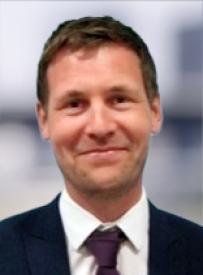
Richard Malam is a chartered structural engineer with more than 20 years of global experience delivering exceptionally complex assets across a range of sectors. He has played a pivotal role in headline projects such as the design and build of advanced facilities and large-scale building structures for industrial and commercial use, including pharmaceuticals, electric vehicle batteries, high-grade steel production and water treatment infrastructure.
Richard’s expertise extends from early concept and feasibility studies through to on-site delivery, where he has led multidisciplinary teams to resolve highly technical challenges. Renowned for introducing innovations that drive program efficiency and value, he has consistently delivered projects with stringent technical and regulatory requirements, demonstrating outstanding leadership and engineering acumen. Richard holds a Business & Leadership MSc from Cranfield University, equipping him with a deep understanding of how to navigate complexity.


